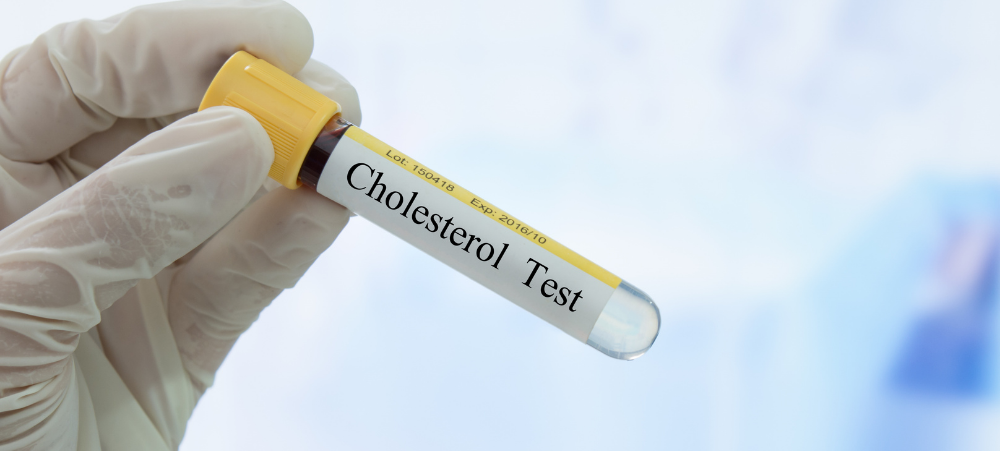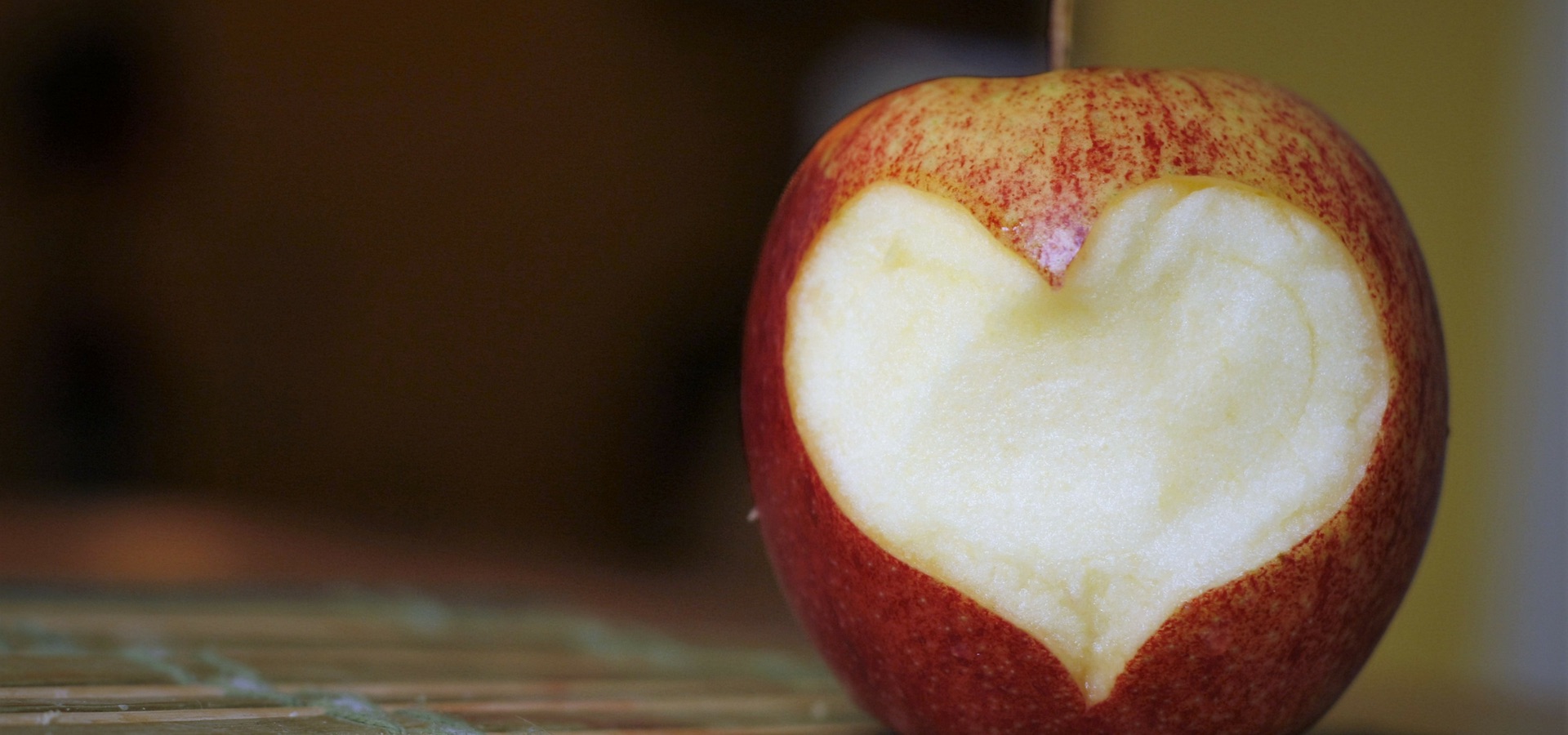The term dyslexia was coined from the Greek words dys, meaning ill or difficult, and lexis, meaning word. Spelling and writing, due to their close relationship with reading, are usually also included. According to popular belief dyslexia is a neurological disorder in the brain that causes information to be processed and interpreted differently, resulting in reading difficulties. Historically, the dyslexia label has been assigned to learners who are bright, even verbally articulate, but who struggle with reading; in short, whose high IQs mismatch their low reading scores. When children are not as bright, their reading troubles have been chalked up to their general intellectual limitations. What does it look and sound like? One of the most obvious tell-tale signs is reversals. People with this kind of problem often confuse letters like b and d, either when reading or when writing, or they sometimes read (or write) words like “rat” for “tar,” or “won” for “now.” Another sure sign is elisions – that is when a person sometimes reads or writes “cat” when the word is actually “cart.” The person may read very slowly and hesitantly, read without fluency, word by word, or may constantly lose his place, thereby leaving out whole chunks or reading the same passage twice. The person may try to sound out the letters of the word, but then be unable to say the correct word. For example, he may sound the letters “c-a-t” but then say “cold.” He may read or write the letters of a word in the wrong order, like “left” for “felt,” or the syllables in the wrong order, like “emeny” for “enemy,” or words in the wrong order, like “are there” for “there are.” He may spell words as they sound, for example “rite” for “right.” He may read with poor comprehension, or it may be that he remembers little of what he reads. The person may have a poor and/or slow handwriting. Some misconceptions Because of the erroneous belief that the brain cannot change, it was historically believed that dyslexia is “incurable”: “Dyslexia is like alcoholism … it can never be cured” (Clark, M., & Gosnell, M., “Dealing with dyslexia,” Newsweek, 22 March 1982, 55-56.) Advocacy groups, in the rush to generate public awareness for the condition of dyslexia, with the cooperation of a compliant media, have perpetuated the belief that a host of famous individuals such as Albert Einstein, Leonardo da Vinci, Thomas Edison, Walt Disney, Winston Churchill and Hans Christian Andersen were dyslexic. The folk myth – the “affliction of the geniuses” – continues to be spread despite the fact that knowledge of the definition of dyslexia and the reading of any standard biographies would immediately reveal the inaccuracy of many such claims. For example, as educational psychologist Dr Coles points out, Einstein’s reading of Kant and Darwin at age thirteen is hardly representative of individuals who are currently labelled dyslexic. New technology sheds new light By the turn of this century, the advancement in technology has made it possible for scientists to see inside the brain, resulting in the knowledge that the brain is plastic. New connections can form and the internal structure of the existing synapses can change. New neurons, also called nerve cells, are constantly being born, particularly in the learning and memory centres. A person who becomes an expert in a specific domain, will have growth in the areas of the brain that are involved with their particular skill. Even if the left hemisphere of a person’s brain is severely injured (in 95% of people the left hemisphere controls the capacity to understand and generate language), the right side of the brain can take over some language functions. With fMRI-scans et cetera it has now been confirmed that – as was always suspected – there are indeed differences between the brains of dyslexic persons and good readers. More and more research studies, however, suggest that the cause-effect relationship should be reversed, i.e. that these differences might not be the cause, but the effect of the reading difficulty. Using brain imaging scans, neuroscientist John D. E. Gabrieli at the Massachusetts Institute of Technology have found that there was no difference between the way poor readers with or without dyslexia think while reading. The study conducted by Dr Gabrieli involved 131 children, aged 7 to 16. Following a simple reading test and an IQ measure, each child was assigned to one of three groups: typical readers with typical IQs, poor readers with typical IQs, and poor readers with low IQs. During the test, researchers used functional magnetic resonance imaging (fMRI) to observe the activity in six brain regions identified as being important in connecting print and sound. The results indicated that poor readers of all IQ levels showed significantly less brain activity in the six observed areas than typical readers. But there was no difference in the brains of the poor readers, regardless of their IQs. Another study, published online in the Journal of Neuroscience, researchers analysed the brains of children with dyslexia and compared them with two other groups of children: an age-matched group without dyslexia and a group of younger children who had the same reading level as the children with dyslexia. Although the children with dyslexia had less grey matter than age-matched children without dyslexia, they had the same amount of grey matter as the younger children at the same reading level. Lead author Anthony Krafnick said this suggests that the anatomical differences reported in left-hemisphere language-processing regions of the brain appear to be a consequence of reading experience as opposed to a cause of dyslexia. One must also consider that neurological differences do not equal neurological disorders and disabilities. We now also know that there are differences between the brains of people who can juggle and people who cannot juggle, between the brains of people who can play a musical instrument and people who cannot play a musical instrument. Then logically there will be differences between the brains of people who read


































